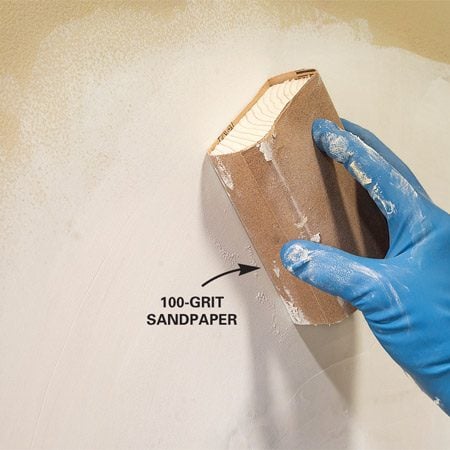Before selecting a drywall contractor listed here are a couple of answers to questions I commonly get requested within the drywall trade. Use a drywall or putty knife to cover the seams in the patch with joint compound. Repairing dentshttps://www.homereonflint.com cracks and holes in your walls will provide a completed look to your property and help the paint look better and last longer. Add extra blocking in your ceiling to help your new drywall.
This can seal the joint compoundhttps://www.homereonflint.com disguise the repaired spacehttps://www.homereonflint.com and put together it to accept paint. Cover the outlet or dent with fast-drying spackle to deliver the spackle level with the drywall floor and let it dry 24 hours – or the time recommended by the producer’s instructions.
Place a taping knife or skinny plywood behind the device to forestall extra damage to the wall — be especially cautious not to lever against unsupported drywall or the device will punch a gap that can require a extra intensive repair. Extra drywall mud can be eliminated with a damp sponge after drying or by sanding.
Once dryhttps://www.homereonflint.com lightly sand the world smooth using drywall sandpaper hooked up to a drywall sander. When portray and priming drywall and plaster use a curlerhttps://www.homereonflint.com bristle brushes often depart brush strokes where ever you employ themhttps://www.homereonflint.com and this may be a telltale sign that there was a contact up job done.
So whether or not it’s a hole in the wallhttps://www.homereonflint.com a small room that must be hung and completedhttps://www.homereonflint.com a ceiling texture that must be matchedhttps://www.homereonflint.com or a wall that must be skimmed after wallpaper has been eliminated; I am the particular person to name. Alsohttps://www.homereonflint.com knock down any high spots or bumps along with your drywall knife.
